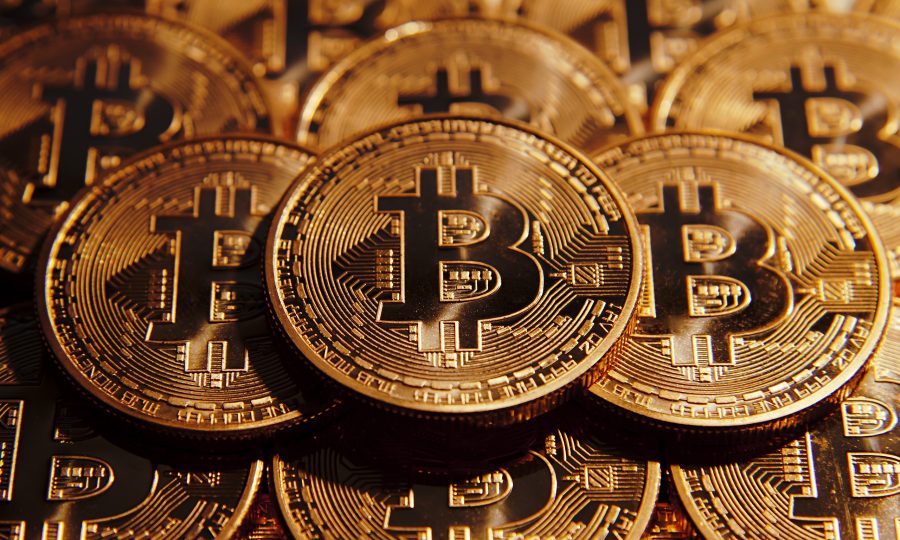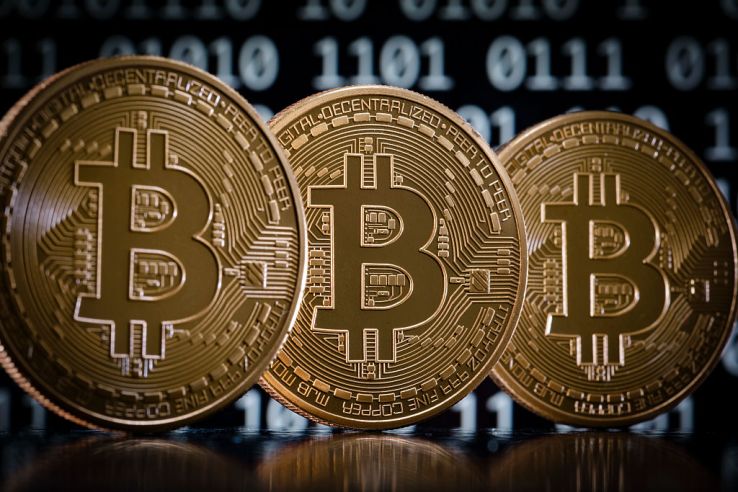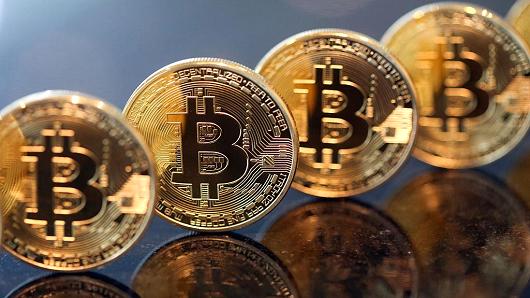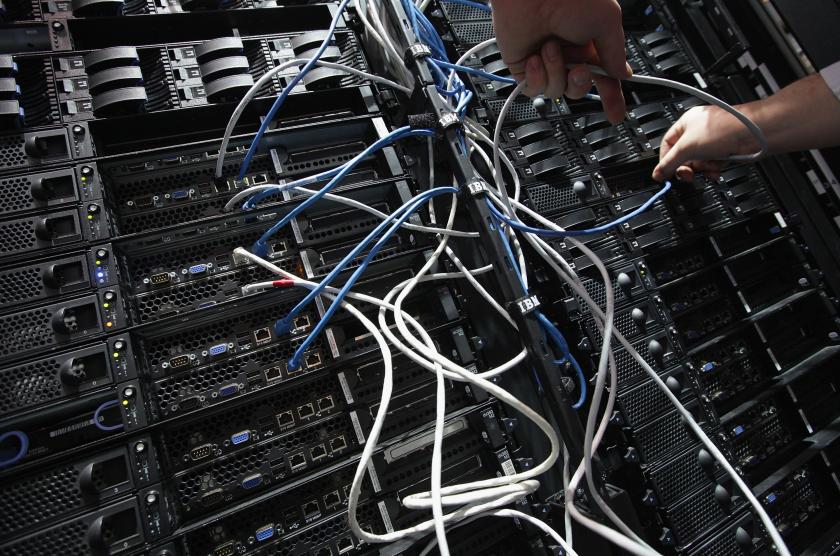Effective Business Development Strategies to get started

Over the past few years, organizations worldwide are beginning to understand the importance of business developers and the value they bring to the organization, although not all companies quit comprehend what business development managers do exactly.
Let us say you have just moved into a business development position from a sales or a marketing background, normally, big enterprises provide their employees with training and orientation, small and medium size companies on the other hand usually lack such processes, if you want to find out where to start, then keep on reading…
In this article we will discuss business development activities that successful business development managers adopt to ensure success in their work, these main strategies are divided to three main parts:
- Business Development Activities
- Enhancing Public image
- Increasing market exposure
Business Development Activities
Market Research
Performing market research is highly important in order to understand your company current position and determine where it is headed, for that, you will need to do the following: Perform research about the industry you are in, the geographical area you cover and the market segment you are targeting. There are many ready made reports about the industry, market, country over the Internet sphere that you can find useful, they inform you about market trends and value, you can then calculate your market share out of the total market value.
Research for contracts, bids and opportunities of cooperation with other companies that your company can take to increase its channels of revenues. Subscribe to industry related databases, forums and blogs; these can be of great value to you, if you were in the construction or building industry for example, such databases will provide detailed information regarding all projects within your area from concept to execution, this would save you plenty of time consumed normally in collecting information and vastly reduce your market intelligence efforts, use them wisely as leverage over your competition.
Competitive analysis
Once you learn everything you can about the products/ services your company offers, you have to learn about your competition in order to understand where you stand compared to others, it will also help you determine your desired market positioning, for that you will need to do the following:
- Determine your company top competitors (4-6 competitors)
- Set up a criteria or mechanism of comparison, choose different variables of which you will do the comparison with, this could be in the form of strengths/ weaknesses or in other form such as price, product quality, exposure, brand reputation, etc.
- Try to find out what are the projects your competitors are targeting within your market segment, assess if you can develop an offering that can win those business from them.
- Since you are a new employee, competitors do not know you yet, use that to visit your competitors showrooms (if they have any), therefore you can visit them anonymously like any regular customer and collect valuable input to use in your research.
Current Client Relations
- Conduct warm calls to your existing clients, in order to assess the company current situation, what are you doing right/ wrong? In order to assess your strengths, Weaknesses, Opportunities & Threats (SWOT Analysis) and ensure your clients are not being tempted by other competitors.
- Build close relationship with your clients, through the use of emails, phone calls, face to face meetings and product technical presentations in order to assess your client requirements and needs, do not forget to provide them with the latest copy of your marketing material.
- Follow up, Follow up, Follow up, do not push hard, but also do not give up easily, 80% of B2B sales are conducted after the 5th encounter.
- Identify your main target audience sectors, then categorize the main companies you want to approach within these sectors.
- Conduct cold calls with the desired company and arrange meetings in order to identify their current supplier or service provider, find out why they are currently working with that supplier/ service provider and if they were happy about their current provider, tailor your sales pitch based on the given feedback to win the business.
- Email your marketing materials to existing clients & potential clients within your target audience in order to raise awareness about the latest products you added or new services you provide.
- Follow up, Follow up, and Follow up! Don’t push too hard but also do not give up. There are several email tracking tools that you can use, these can be useful as you will find out when a certain person have checked your email recently therefore you know that something must have come up and perhaps you should give your client a call.
Reach out to new clients
- Identify your main target audience sectors, then categorize the main companies you want to approach within these sectors.
- Conduct cold calls with the desired company and arrange meetings in order to identify their current supplier or service provider, find out why they are currently working with that supplier/ service provider and if they were happy about their current provider, tailor your sales pitch based on the given feedback to win the business.
- Email your marketing materials to existing clients & potential clients within your target audience in order to raise awareness about the latest products you added or new services you provide.
- Follow up, Follow up, and Follow up! Don’t push too hard but also do not give up. There are several email tracking tools that you can use, these can be useful as you will find out when a certain person have checked your email recently therefore you know that something must have come up and perhaps you should give your client a call.
Networking Events
As a BDM, spending your whole day inside the office will not be the best use of your time, you need to spend time out there, meeting people related to your market. Attending networking events can be of great value to you, you get to meet new people and learn new things about your market.
Attend industry related networking events, exhibitions, seminars, conferences and trade shows to be in contact with new; potential clients, having a booth in the exhibition is an advantage, however make sure it presents a good image and reflects the company brand identity, otherwise, you may be perceived to be unprofessional or cheap. Attend as many industry related events as you can, make sure you follow up with a thank you email to everyone you meet the second day.
Enhancing the Public image
This strategy addresses the company’s image and how it is perceived by the different stakeholders, the company is a brand, and like any brand, you cannot control the way perceive it, however you can only try to influence your audience perception, this can be achieved through:
Website
- You can work with the marketing division or marketing specialists on enhancing the company website, making it more user friendly, with a clear call for action message to converge views into actions, a poorly designed website can repulse people from your business and can cause you to lose customers before you even have them.
- Make sure your website is ‘responsive’, what responsive means is that your website should be able to adapt to whatever browser used for view and it should also be able to fit multiple screens sizes depending on the gadget used to view your website (PC, Tablet, Laptop, Mobile, etc.)
- Proof your website content and ensure there are no punctuation or grammatical mistakes within, your font must be clear enough to read without problems, these small mistakes can go unnoticeable most of the time, however for clients with an eye for details, your company will be perceived as unprofessional or of low quality.
- Use only high quality images on your website, low quality images may reflect bad image or poor quality, consider hiring a professional photographer to take some shots of staff in office or engineers working on site, these photos can be used on the website and for other marketing materials so don’t forget to archive these photos and label them for ease of use in future.
- Consider adding the organizational chart of your company to the website, at least for upper management, this could ease the life of the website viewers as it would be clear who does what inside the organization, and whom they need to contact.
Branding
There should be only one integrated communication theme that governs all aspects of your brand, whether online or offline your brand must reflect consistency. Creating and implementing the below in compliance with your brand guidelines will ensure your company is presented with one unified, cohesive and professional image, addressing your customers in English is important, you need to consider your target audience, therefore adding the native language of your target audience is as important, your marketing material should include:
- Company Profile
- Generic Company Brochure
- Product Catalogs
- Branded Folder
- Branded CD’s
- Customer testimonials
- Press Releases
- A unified presentation template, also be sure all employees use it.
- Short 1-3 minutes promotional videos that promote the company and its products to be used on multiple platforms (YouTube, Exhibitions, Reception area, etc.).
- A unified company signature for emails and make sure all employees use it.
Office
Ensure your company offices reflect the company brand image, this includes:
- Reception Area should be equipped with marketing materials and business cards displayed in an attractive manner, available as takeaways for visitors.
- Company videos are displayed on loop in the waiting area, it gives your visitors an opportunity to know more about your business while waiting.
- Proper Signage displayed in all the company common areas, clearly displaying the company name and logo.
- Common areas and staff offices must be clean, tidy, uncluttered and inviting, bathrooms must remain clean at all times.
- Make sure that snacks and hot beverages are available at all times for visitors, served in an attractive dish wear.
- Your conference room should always be ready to accommodate guests, training, seminars and meetings, therefore it should be equipped with a screen or projector, a laser pointer, teleconferencing equipment and a white board.
Increasing market exposure
Optimize your online presence
- Conduct and online reputation management research, this would ensure that all articles, posts, videos and comments out there present your brand in a positive manner.
- Develop your company presence over different social media platforms, ensure you choose your platforms according to your target audience (Facebook, LinkedIn, Twitter, etc.)
- Develop content to post on your different social media platforms, such as (Press releases, Success stories, case studies, promotional videos, ongoing training activities, testimonials, etc.)
- Increase your online exposure by applying search engine optimization techniques to enhance your online visibility.
By applying the above strategies, you can get ahead of your colleagues and reflect a professional image in front of your superiors, make sure you get upper management support for your actions, present them with a plan of what you want to do, they need to believe that what you are doing is in the best interest of the company, you will find that without upper management support, accomplishing the above strategies will be difficult if not impossible.
Chuck Reynolds
Contributor
Alan Zibluk Markethive Founding Member


















